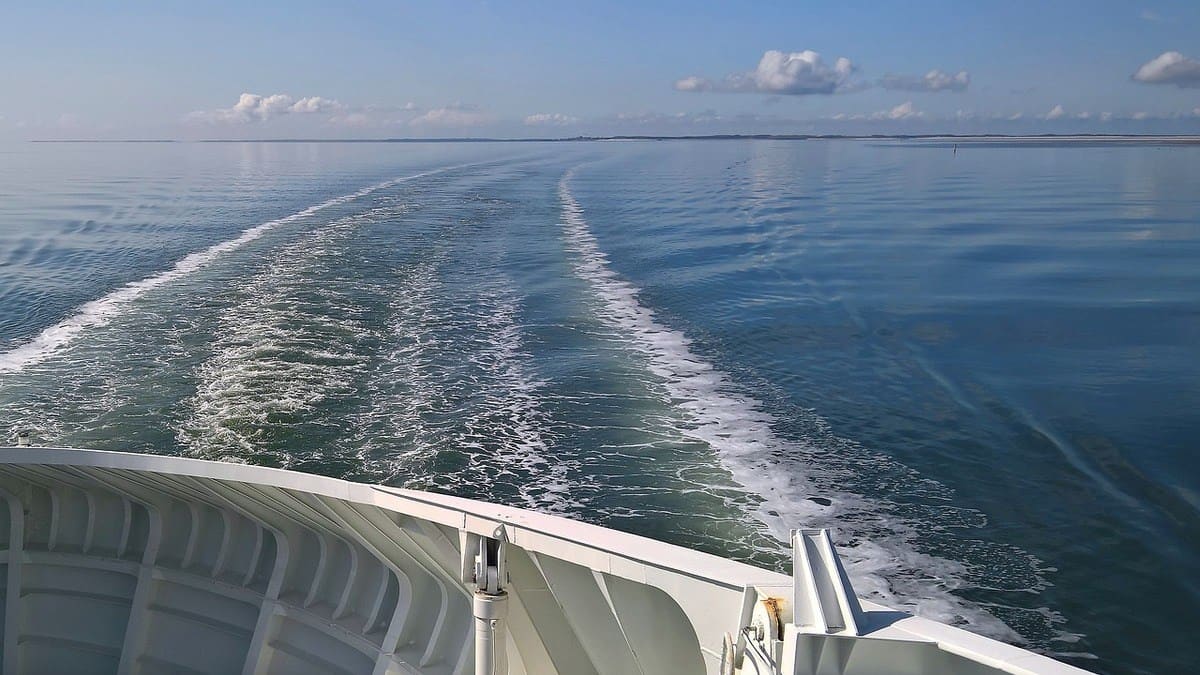Australia-based Incat Tasmania announces the delivery target of the world’s largest electric ferry in two years, according to Electrek. Argentine ferry service provider Buquebus will deploy the Utility Ro-Pax ferry to ferry passengers between Argentina and Uruguay.
“Zero emissions shipping is the future and Incat based in Tasmania, one of the few places on the planet which has already delivered net zero, is now poised to revolutionise the world’s shipping fleet by delivering the world’s first zero emissions, lightweight ship.”
Robert Clifford, Incat Group founder
World’s largest electric ferry
The 148-meter (485.5 feet) Utility Ro-Pax ferry was manufactured by the Australian high-speed craft (HSC) ferry maker with the help of Revolution Design.
Remarkably, the electric ferry can carry 2,100 passengers and 226 vehicles. It is equipped with two 5- to 9.6 MW electric motors. It boasts a speed of up to 25 knots and a maximum range of 100 nm, per the report.
Choosing zero-emission electric
It is worth noting that the manufacturer originally planned to use liquefied natural gas (LNG) as the power source of the Utility Ro-Pax ferry. Fortunately, the partners Incat and Buquebus pushed through with the electric motors, considering their benefits to the environment and its customers.
As expected, choosing electric propulsion necessitates a substantial redesign for the Utility Ro-Pax ferry. Nonetheless, Clifford claims that to preserve its lightweight, Incat would swap out 500 tons of machinery and fuel tanks for 400 tons of batteries.
Furthermore, the Incat group founder explained that constructing the vessel out of aluminum rather than steel might reduce its weight by half.
“Delivering the world’s first large battery electric ferry for Buquebus would lead to exponential growth in the international market for large lightweight electric ships. The world wants large, lightweight zero emission ships and we are already scaling up our workforce and production facility in readiness for what will be a significant expansion.”
Incat’s strategic advisor Peter Gutwein
Why is this important?
Interestingly, around 3% of the world’s carbon dioxide emissions, each year are attributable to shipping. On the other hand, marine travel makes up around 12% of emissions in Europe.
That considered, the International Maritime Organization wants to cut CO2 emissions by 30% for new ships manufactured by 2025. Additionally, it will reduce average fleet emissions by 40% by 2030.
It must be noted that ferries with zero emissions are an ideal area to start going electric because they frequently travel the same routes. This notion will essentially simplify installing charging infrastructure, which is obviously at the places they usually access.
Moreover, zero-emission ferries significantly help preserve the environment from pollution and reduce operating costs for businesses.

